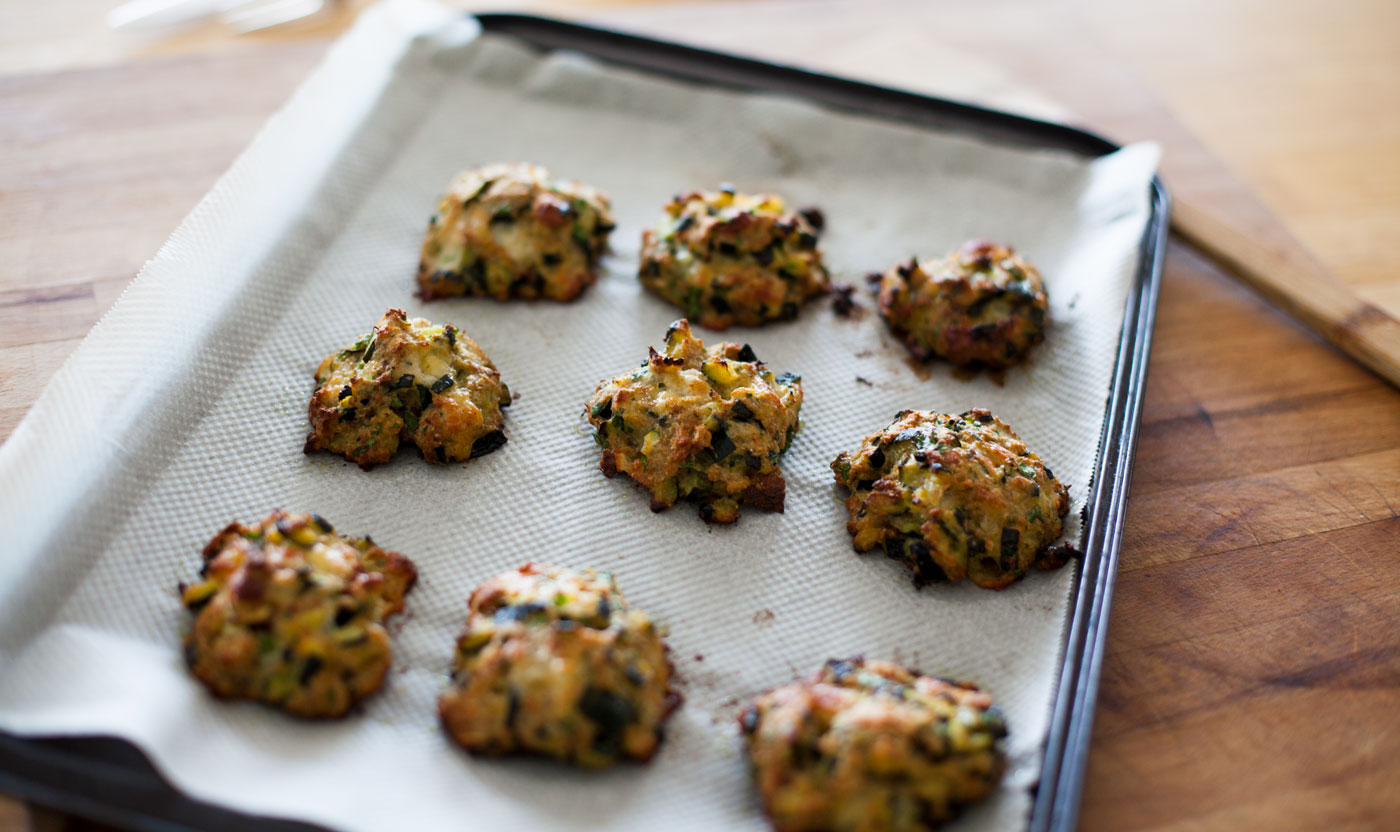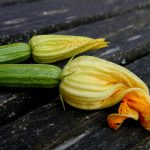We use cookies to make your experience better. To comply with the new e-Privacy directive, we need to ask for your consent to set the cookies. Learn more.
Seasonal Table July - Courgettes
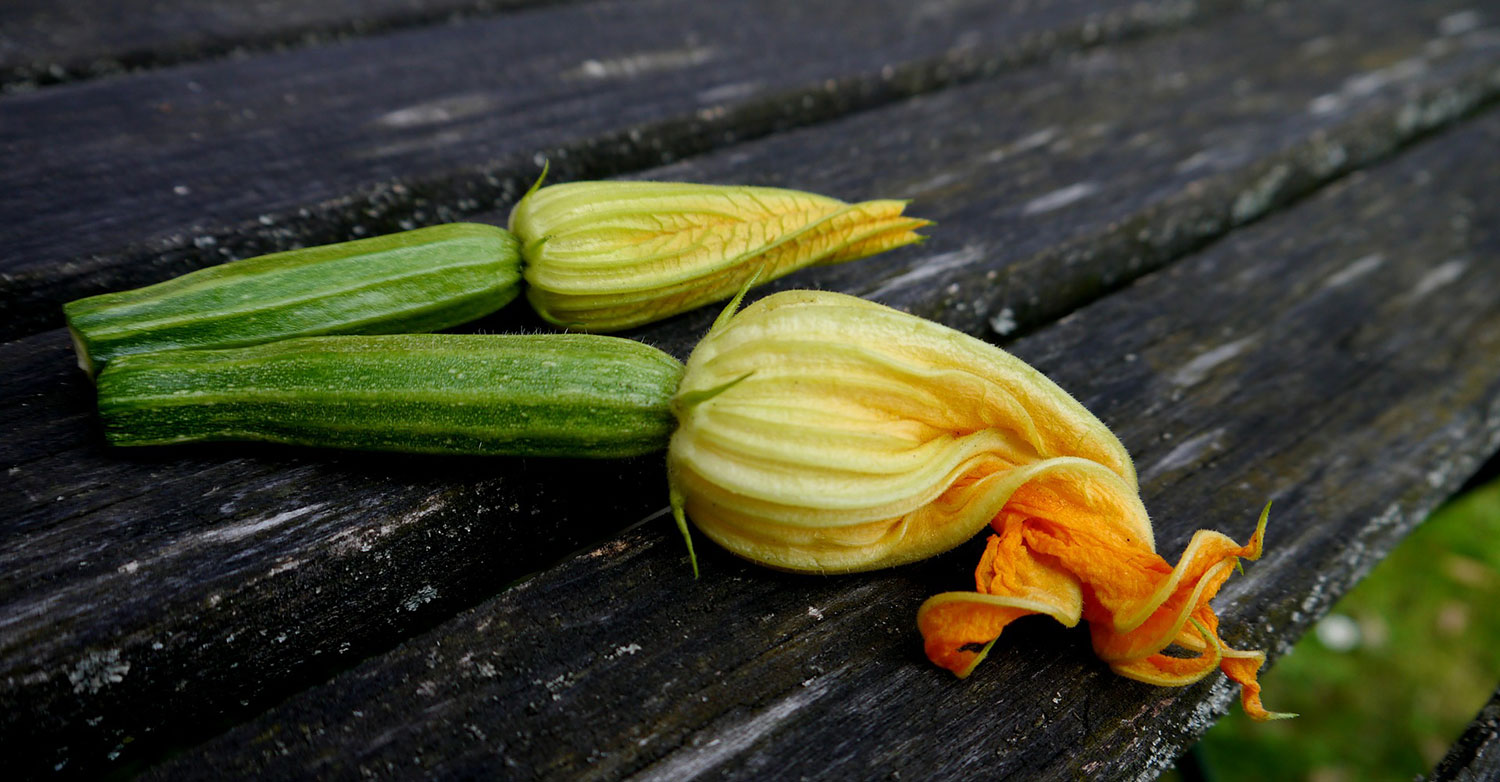
Easy to grow and producing a rewarding crop, courgettes are a popular vegetable to grow. Sow indoors from April in medium sized pots at a minimum temperature 20c. Harden the plants off slowly and plant outside after last frost at a spacing of 30cm x 30cm. Courgettes like a sunny spot and rich soil so incorporate some compost or well rotted manure into the soil before planting. Alternatively, you can use a NPK fertilizer such as Greenvale.
Keep the soil constantly moist by watering around the plants, not over them. They need plenty of water, so sink a 15cm pot alongside the plants when planting out. Water into the pot and it will help ensure that water goes right down to the roots and doesn't sit around the neck of the plant, which can lead to rotting. Mulching is also a good way of conserving water and will also help keep weeds down.
Slugs might visit your plants in the early days so either go out at night with a torch to catch them in the act or use slug pellets to sort out the problem.
Feed every 10-14 days with a high potash liquid fertiliser once the first fruits start to swell.
Common problems
Powdery Mildew - a white powdery deposit over the leaf surface and leaves become stunted and shrivel. Keeping the soil moist and growing in a cooler location usually solves this problem.
No fruit, or fruit rotting when very small - this is caused by the growing conditions and is not a pest or disease. It is a problem when the weather in early summer is cool and causes inadequate pollination. This is usually a temporary problem and once the weather starts to improve, so will pollination.
Tooooooo many courgettes - One good way to control overabundance is to 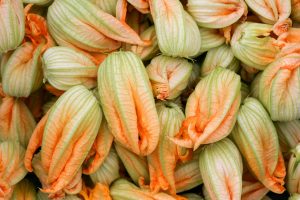 harvest the flowers, which are an expensive delicacy in markets because of the difficulty in storing and transporting them. The male flower is borne on the end of a stalk and is longer-lived.
harvest the flowers, which are an expensive delicacy in markets because of the difficulty in storing and transporting them. The male flower is borne on the end of a stalk and is longer-lived.
Harvesting
Harvest courgettes when 10-12.5cm (4-5in) long.
Regularly picking courgettes while they are small will ensure a long cropping period.
Nutritional value of Courgettes
- Very low in calories - 17 calories per 100 g.
- They contain no saturated fats or cholesterol.
- The peel is an excellent source of dietary fibre that helps reduce constipation and offers some protection against colon cancers.
- Golden skin varieties, are rich in flavonoid polyphenolic antioxidants such as carotenes, lutein, and zeaxanthin. These compounds help scavenge harmful oxygen-derived free radicals from the body .
- Courgettes are also a good source of potassium, vitamin A and vitamin C.
How to Cook
Courgettes are delicious on their own or as a side dish when char grilled. Simply thinly slice them, season and add some olive oil - cook over a hot griddle until they have a nice char on them and eat! You can also add some red onions to add a different flavour element. Courgettes are also an easy and healthier substitute for pasta if you have a spiralizer to hand.
Courgette Polpettes
This is a great recipe from The River Cottage Kids Book - but it's pretty delicious for all ages!
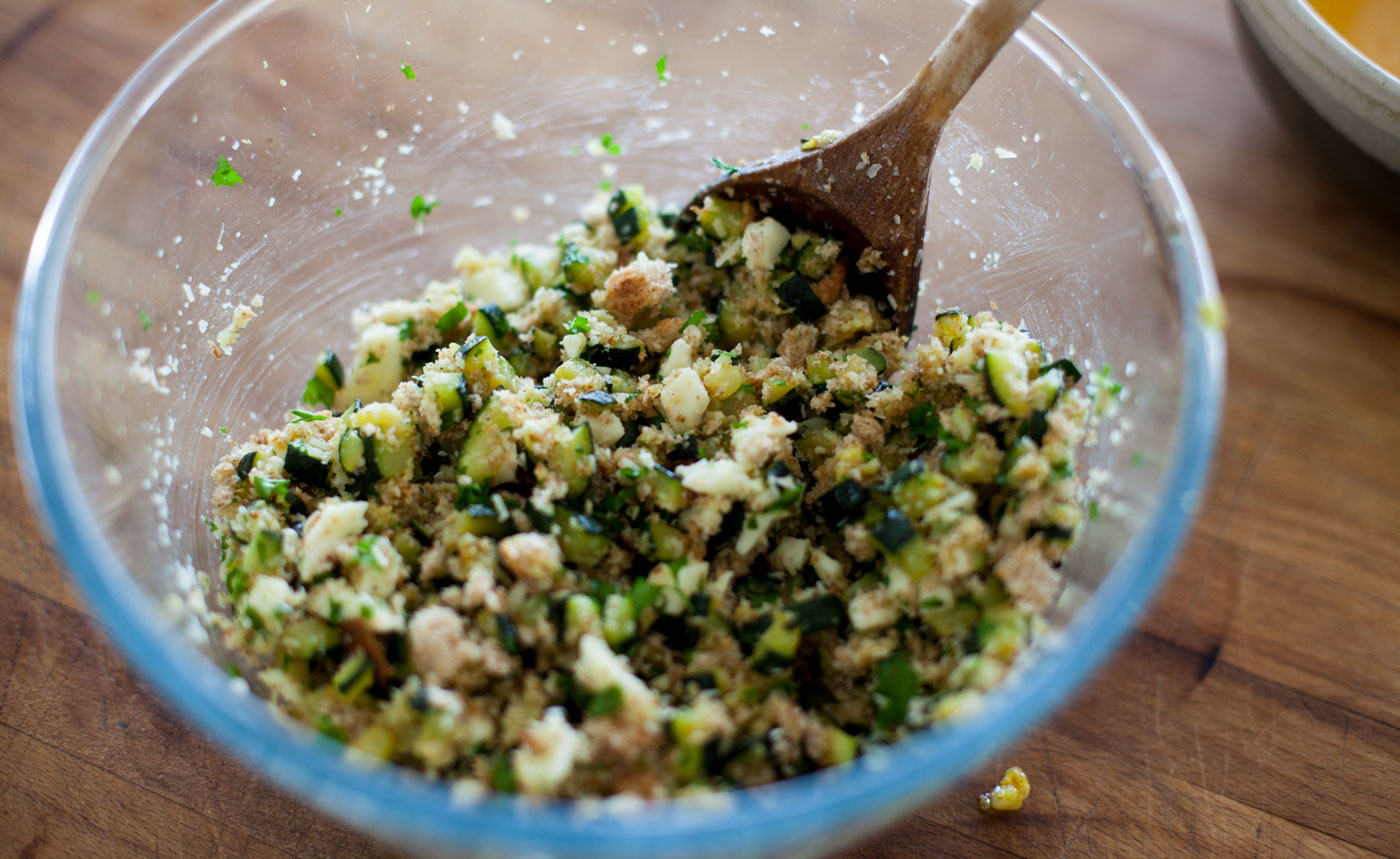
Ingredients
- 500g Courgettes diced
- 70g of diced Buffalo Mozzarella
- 2 tablespoons of grated Parmesan
- 1 Garlic clove finely chopped
- 1 Egg beaten to bind the ingredients
- 50g Breadcrumbs
- 1 tablespoon of chopped Parsley
- Zest of 1 Lemon
- Salt & pepper to season to taste
Directions
- Heat some oil in a frying pan on a medium heat and fry the courgette until golden (probably about 10 minutes)
- Leave the courgettes to cool a little before adding to them to all the other ingredients in a bowl and mixing them all together and seasoning to taste.
- Roll the mixture into golf ball sized balls and place on a baking sheet and put them in a preheated oven (200°C / Gas 6) until they are golden and crispy - about 15 minutes.
- The polpettes can be eaten immediately or left to cool and eaten cold. They can be eaten on their own, in pittas or as a side dish.
